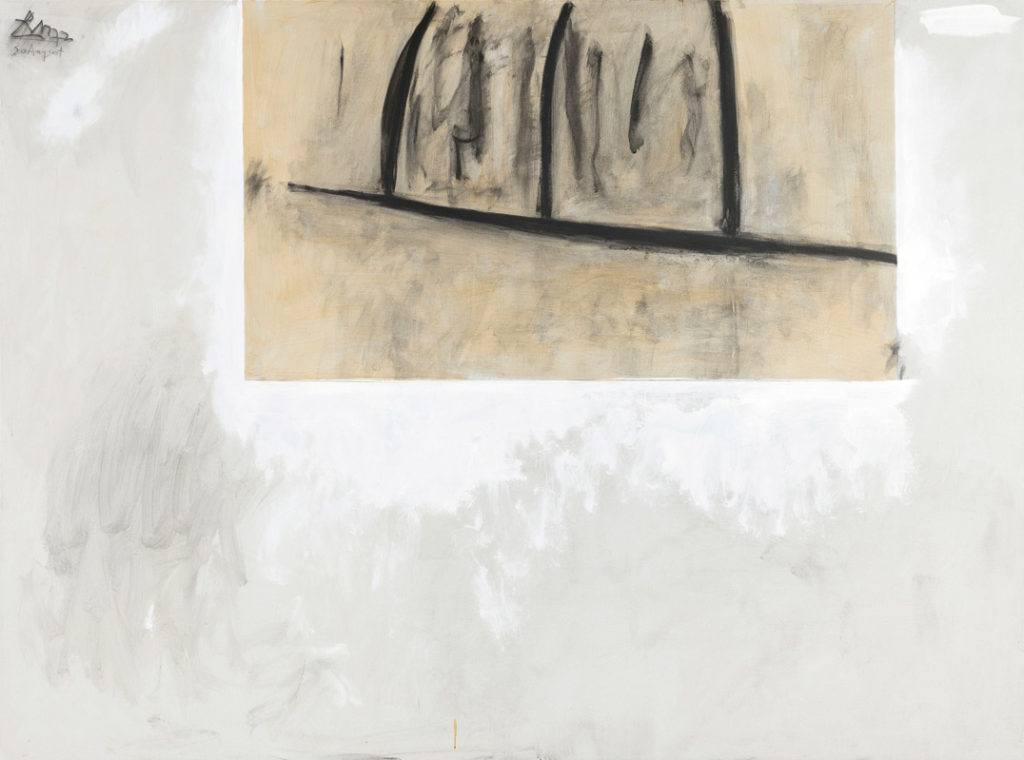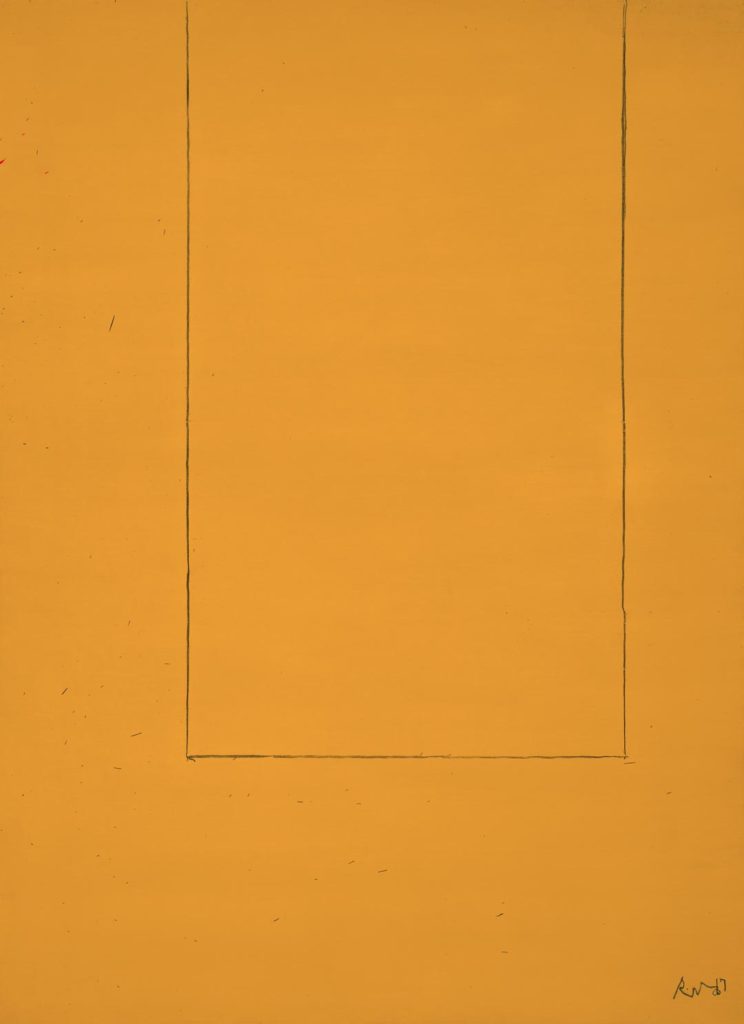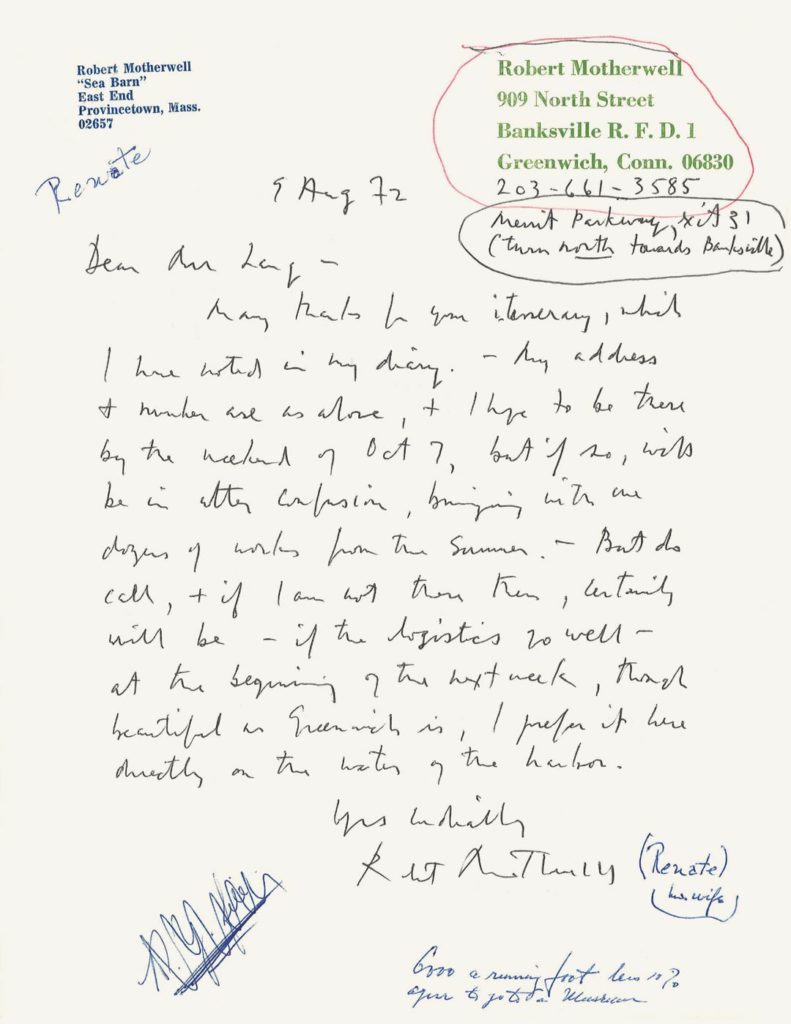Before the Day
1972
Robert Motherwell
American (1915–1991), charcoal and acrylic on canvas, 72 1/2 × 96 5/8 in. (184.1 × 245.3 cm). Seattle Art Museum, Gift of the Friday Foundation in honor of Richard E. Lang and Jane Lang Davis, 2021.1.1. Photo by Spike Mafford / Zocalo Studios. Courtesy of Friday Foundation. © 2021 The Robert Motherwell Estate / Artists Rights Society (ARS), New York
Before the Day
Jack Flam
Before the Day, which was finished on August 30, 1972, is one of the more complex and haunting works from Robert Motherwell’s Open series, which he began in 1967 and worked on for most of the rest of his life. The first Open (fig. 1) established the general format for the series, which consisted of variations on the motif of a rectangular U-shape drawn in charcoal on a painted field of color. During the first few years that Motherwell worked on the series, he varied the colors of the grounds and often used contrasting colors inside and outside the rectangular U-shapes; the charcoal lines in those early Opens were usually straight, as if drawn with a straightedge, and set at right angles to one another. As a result, the early Opens convey a feeling of austere tranquility.
By the summer of 1972, when he painted Before the Day, Motherwell had created well over a hundred paintings in the Open series, in addition to several related drawings and prints. He assigned numbers to some of the paintings in the series, but a great many were unnumbered and had other kinds of titles.
During that summer of 1972, Motherwell was especially preoccupied with exploring variations on the basic Open motif. He became increasingly interested in varying the nature of the charcoal lines, drawing them more freely and making them more irregular, which lent the paintings a fresh kind of energy. On July 10, he finished the first state of Riverrun (fig. 2), in which the Open form was more irregularly shaped than usual and contained three emphatic verticals. (Originally, these vertical lines were left as areas of blank canvas, on which he subsequently drew dark lines in charcoal.1) On August 19, he completed In Plato’s Cave No. 1 (fig. 3), widely acknowledged as one of his most passionate and moving paintings.2 Unlike most of the earlier Opens, in which the painted grounds provided a tranquil ambience within which the charcoal lines seem to hover calmly, here the ground is rendered with unevenly applied dark washes, which appear to flow onto and bleed down from the rectangular charcoal lines, like drips of blood. The title of this painting alludes not only to Plato’s Allegory of the Cave in Book 7 of The Republic, which deals with the nature of truth and illusion, but also to Delmore Schwartz’s poem “In the Naked Bed, in Plato’s Cave,” a dark and anguished poem in which an exhausted insomniac ruminates on the nature of perceived reality.

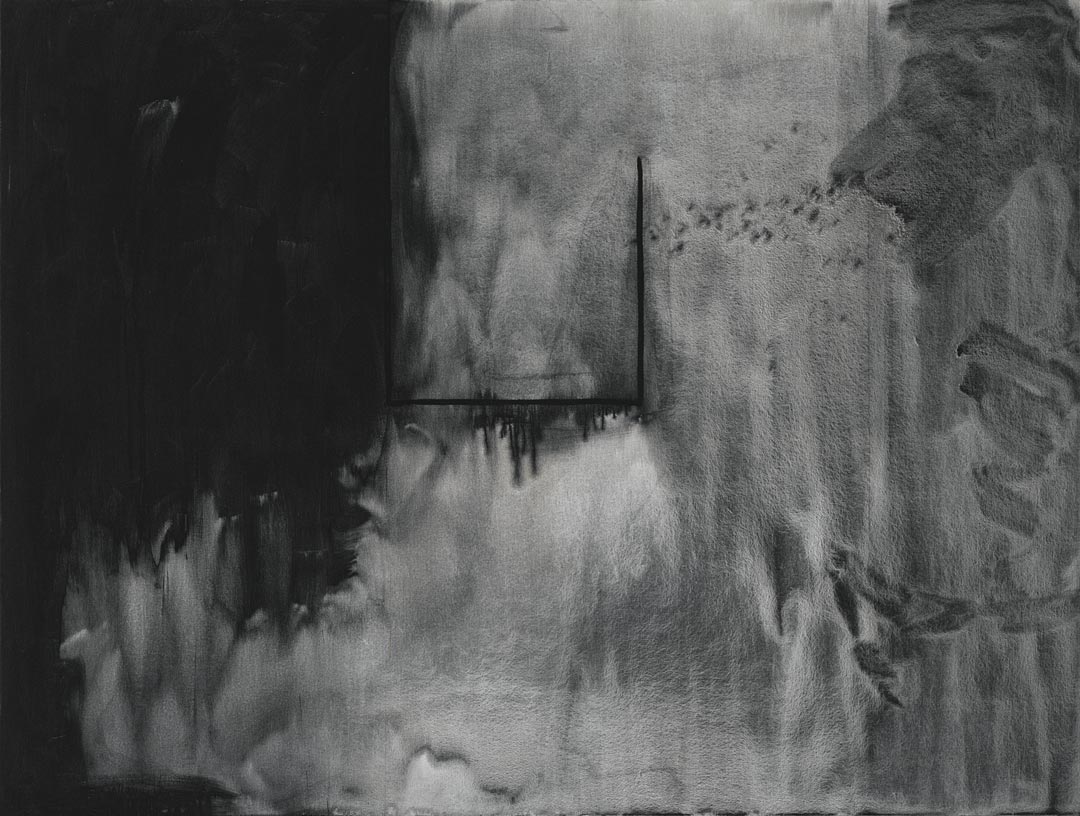
Before the Day, which Motherwell worked on during the same time as In Plato’s Cave No. 1, and which is exactly the same size, expresses an equally strong kind of passion, but now imbedded in gradations of whiteness instead of black.3 It seems likely that Motherwell intended these two paintings to serve as complements to each other, a kind of pair. He was deeply engaged with ideas related to the relativity of perceptions and emotions, and throughout his career he often sought different, even opposing, ways of expressing strong feelings. Four years earlier, for example, he had simultaneously created two large, same-size Opens, one in orange, the other in blue; later, he described how he had painted the orange one as a kind of “after-image” of the blue one.4
In Before the Day, Motherwell created the rectangular Open form not with lines drawn in charcoal but with the hard-edged white area that frames the central rectangle of the canvas, itself inscribed with freely drawn charcoal lines. Agitated brushstrokes, in which the white paint is sometimes mixed with varying amounts of charcoal powder, fill the framing area, whitest where it defines the edges of the Open rectangle. The vigorously drawn charcoal lines within the Open form function somewhat like a picture within the picture (or rather, as a drawing within the painting), while the hazes of charcoal dust that surround them (as well as the signature and date in the upper-left corner) convey a strong sense of urgency and passion. The barely visible, rubbed-out remainders of what appear to be handwritten words make the dynamism we sense in this area of the painting even more intense. These not-quite-legible words suspended beneath emphatic strokes of charcoal are a kind of palimpsest, reinforcing the sense of process and vitality felt throughout the painting. One of the most impressive aspects of this work is the way it balances passages of amorphous form with subtly stated geometry. Imbued with a sense of both great tension and ultimate harmony, Before the Day balances chaos and order, emptiness and creation, ethereal essence and physical presence.
The way this painting acquired its title is especially intriguing.5 In early August 1972, Richard and Jane Lang saw the painting in progress in Motherwell’s Provincetown studio and expressed their interest in acquiring it. When they asked Motherwell when he expected it to be finished, he estimated around the end of August, and they arranged a follow-up visit to see the completed work in his Greenwich, Connecticut, studio (fig. 4). Since the birthday of Jane Lang’s son, Donald Hussong, was coming up on August 31, Motherwell agreed to complete the painting on that day and to title it accordingly. But as it turned out, he misremembered the date and finished it instead on August 30.6 Interestingly, in an October 12, 1972, letter to Motherwell, Dick Lang referred to the title of the painting as “Done Yesterday.”7 But Motherwell decided instead to call it “Before the Day,” as is evident in the handwritten inscription of the words “Before The Day” near the top of a carbon copy of an October 31 letter from Richard Lang’s secretary, Veronica Whittaker, to Motherwell.8
The words “before the day” not only are more ambiguous than “done yesterday” but also evoke a sense of the first, hopeful light of day, an emergence from darkness. And, seen in retrospect, they seem to anticipate the new direction that Motherwell’s Opens were about to take, as exemplified by the irregular strokes of charcoal surrounded by charcoal dust in Before the Day. These haloed marks anticipate a similar use of dynamic line drawing and charcoal dust in many of his subsequent Opens, such as the Shem the Penman series later in 1972 and the In Beige with Charcoal paintings and drawings of 1973, which Before the Day seems to have inspired.9
Author
Jack Flam is president and CEO of the Dedalus Foundation and distinguished professor emeritus of art history at the City University of New York. He is coauthor of Robert Motherwell Paintings and Collages: A Catalogue Raisonné, 1941–1991 (Yale University Press, 2012) and Robert Motherwell: 100 Years (Skira, 2015).
Notes
1 See Jack Flam, Katy Rogers, and Tim Clifford, Robert Motherwell Paintings and Collages: A Catalogue Raisonné, 1941–1991, 3 vols. (New Haven, CT: Yale University Press, 2012), 2:336.
2 See Flam, Rogers, and Clifford, Robert Motherwell, 2:342–45.
3 Motherwell had already begun painting Before the Day when Richard and Jane Lang visited him in early August, and he finished In Plato’s Cave No. 1 on August 19.
4 See Flam, Rogers, and Clifford, Robert Motherwell, 2:235. The paintings are Open No. 24: In Variations of Orange (Museum of Modern Art, New York) and Open No. 23: In Blue with Variations of Ultramarine (Private Collection), both from 1968.
5 One cannot help but wonder what title Motherwell might have given to Before the Day if external circumstances had not determined the way he decided to title it. Since he originally gave In Plato’s Cave No. 1 the title Dark Elegy, and even showed it under that title in the fall of 1972, might he have given Before the Day a similarly descriptive title?
6 Lyn Grinstein, telephone conversation with the author, January 8, 2021.
7 Richard Lang to Robert Motherwell, October 12, 1972, carbon copy, Friday Foundation archives.
8 Veronica Whittaker to Robert Motherwell, October 31, 1972, carbon copy, Friday Foundation archives.
9 Before the Day was shown at Motherwell’s 1977 retrospective at the Musée d’Art Moderne de la Ville de Paris, where Stephanie Terenzio remarked on its strong connection with Motherwell’s later Opens, noting, “One of the finest moments in this exhibition is seeing Before the Day and the three related drawings In Beige with Charcoal.” Stephanie Terenzio, Robert Motherwell & Black (Storrs, CT: William Benton Museum of Art, 1979), 3.
Explore the Collection
Sort by Chronology
Sort by Artist
Sort by Author
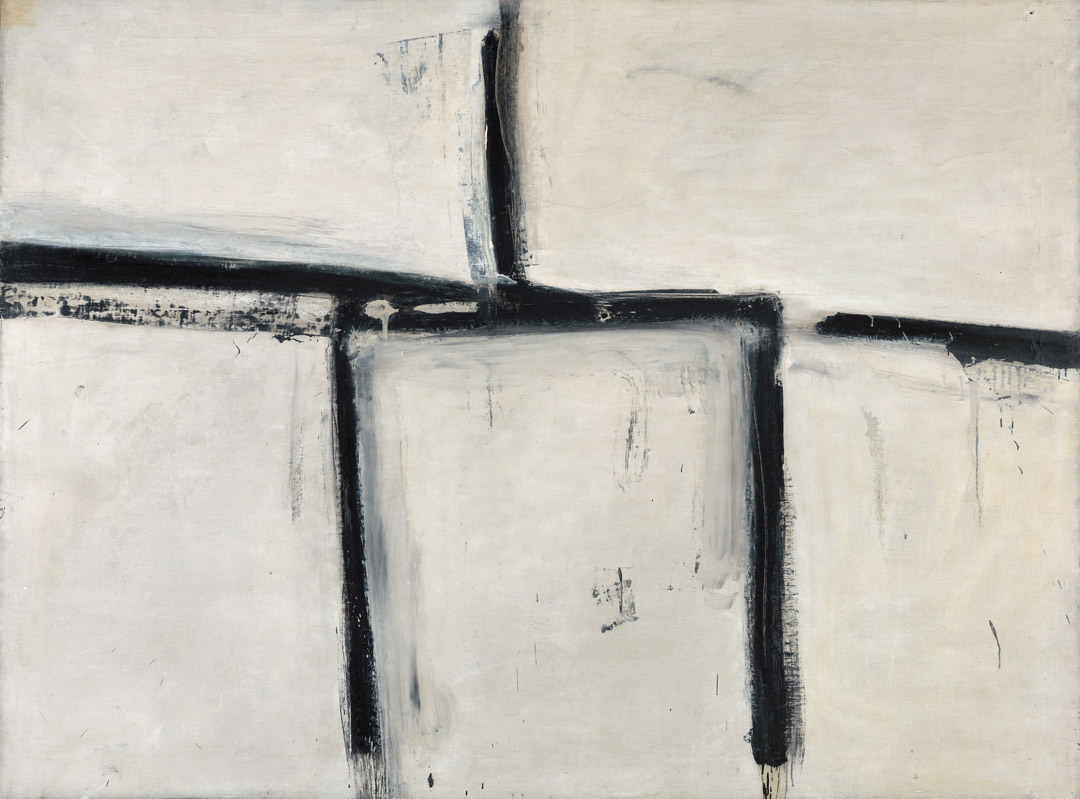
Franz Kline, Painting No. 11, 1951
Acquired November 13, 1970
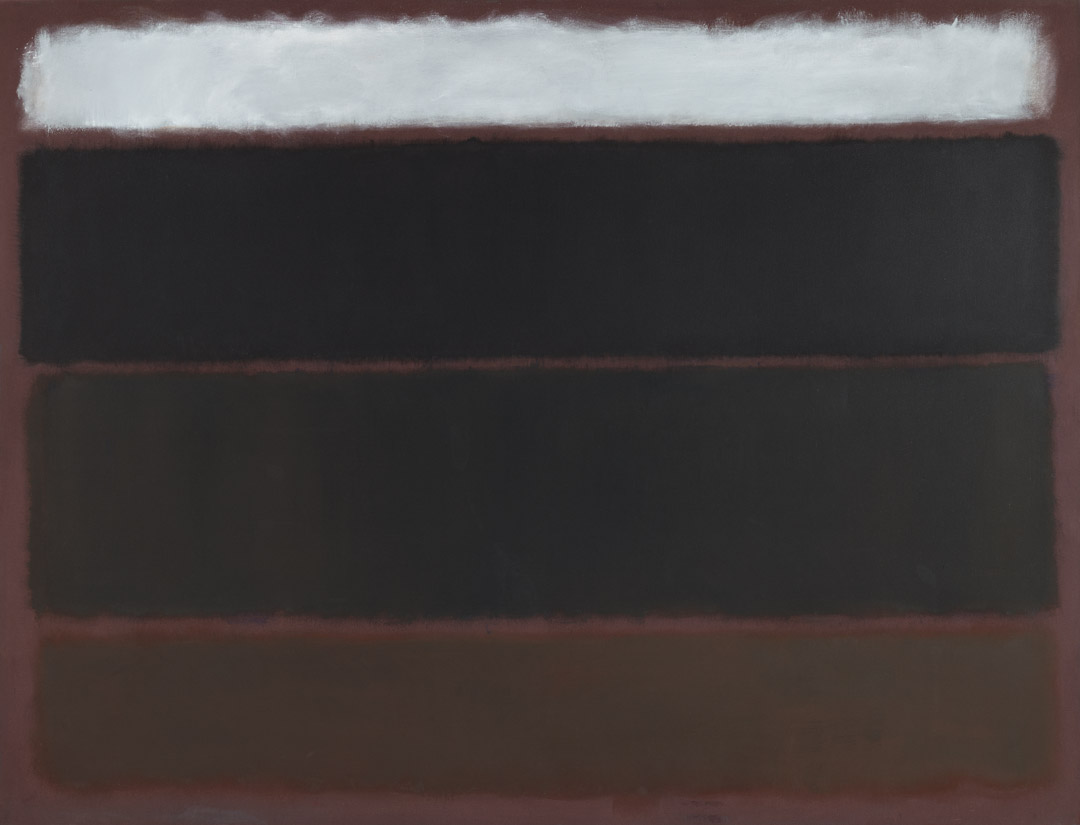
Mark Rothko, Untitled, 1963
Acquired May 18, 1972
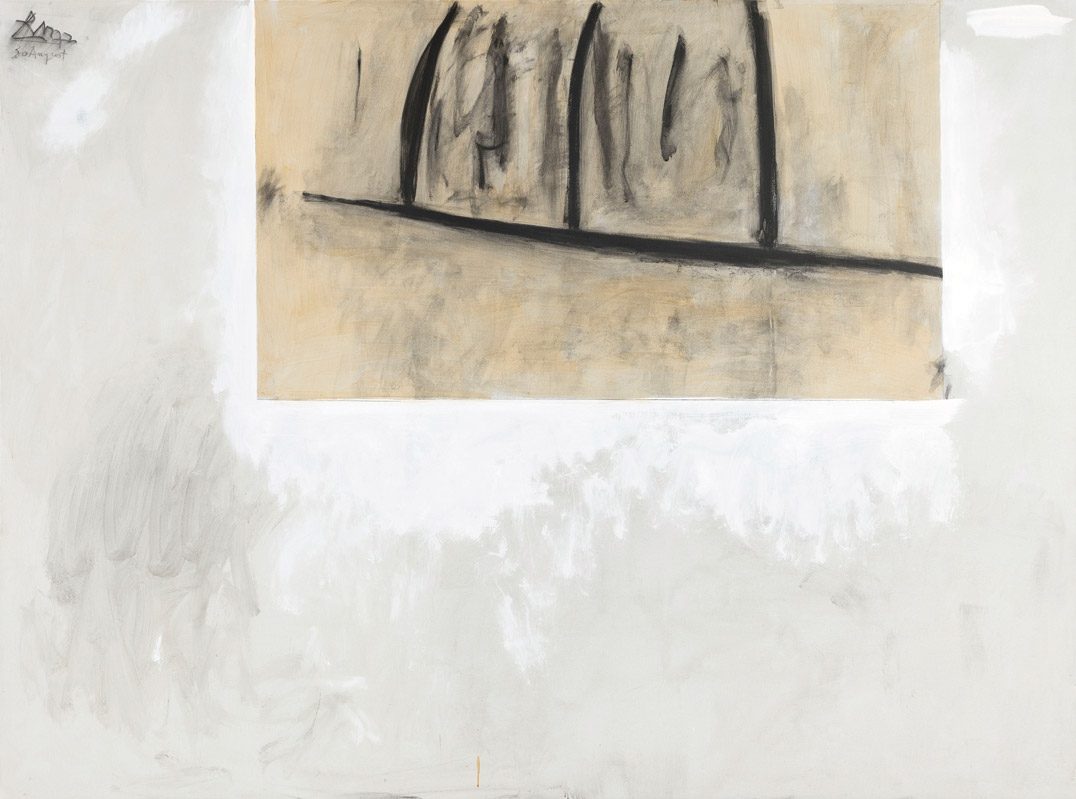
Robert Motherwell, Before the Day, 1972
Acquired October 12, 1972
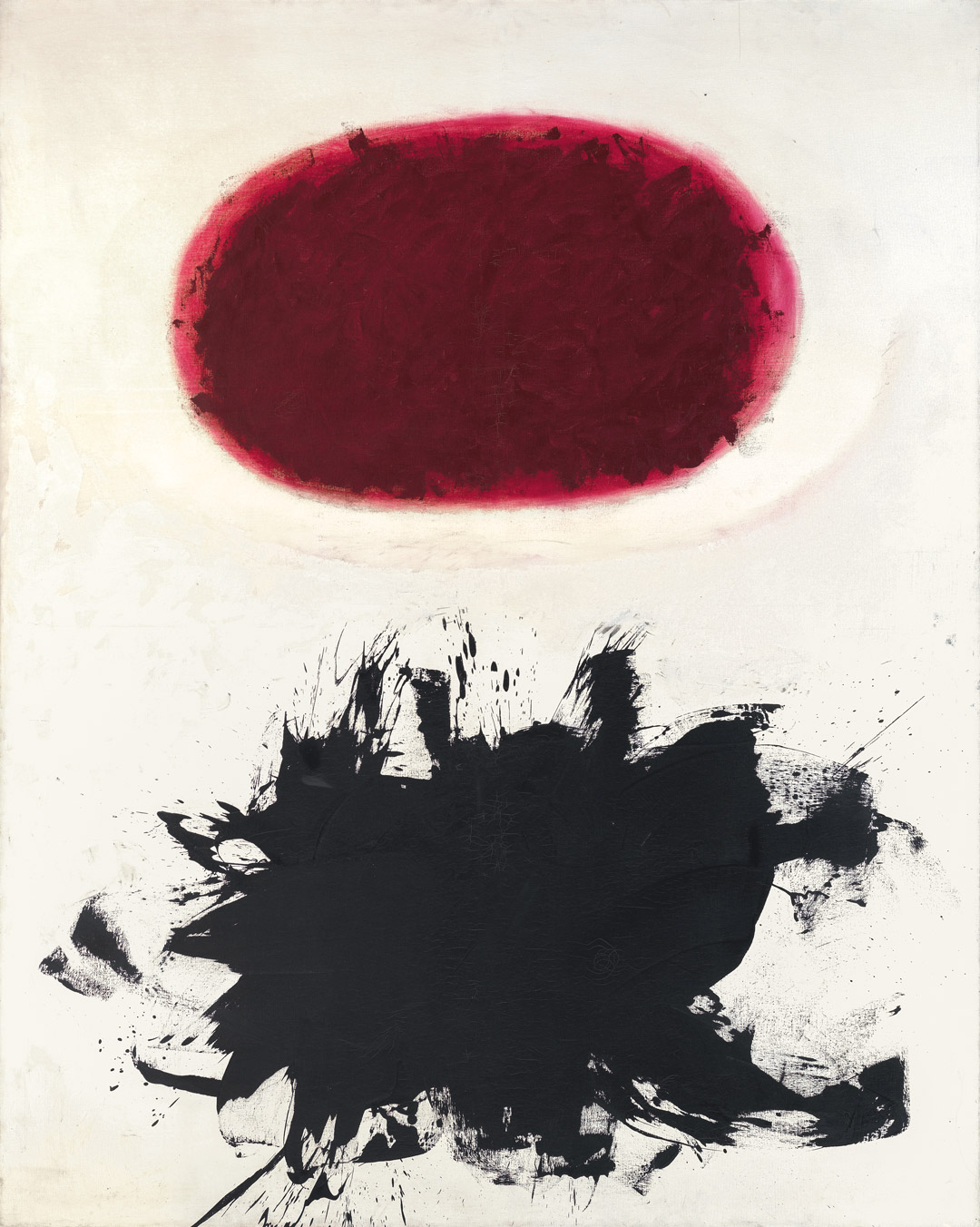
Adolph Gottlieb, Crimson Spinning #2, 1959
Acquired December 11, 1972
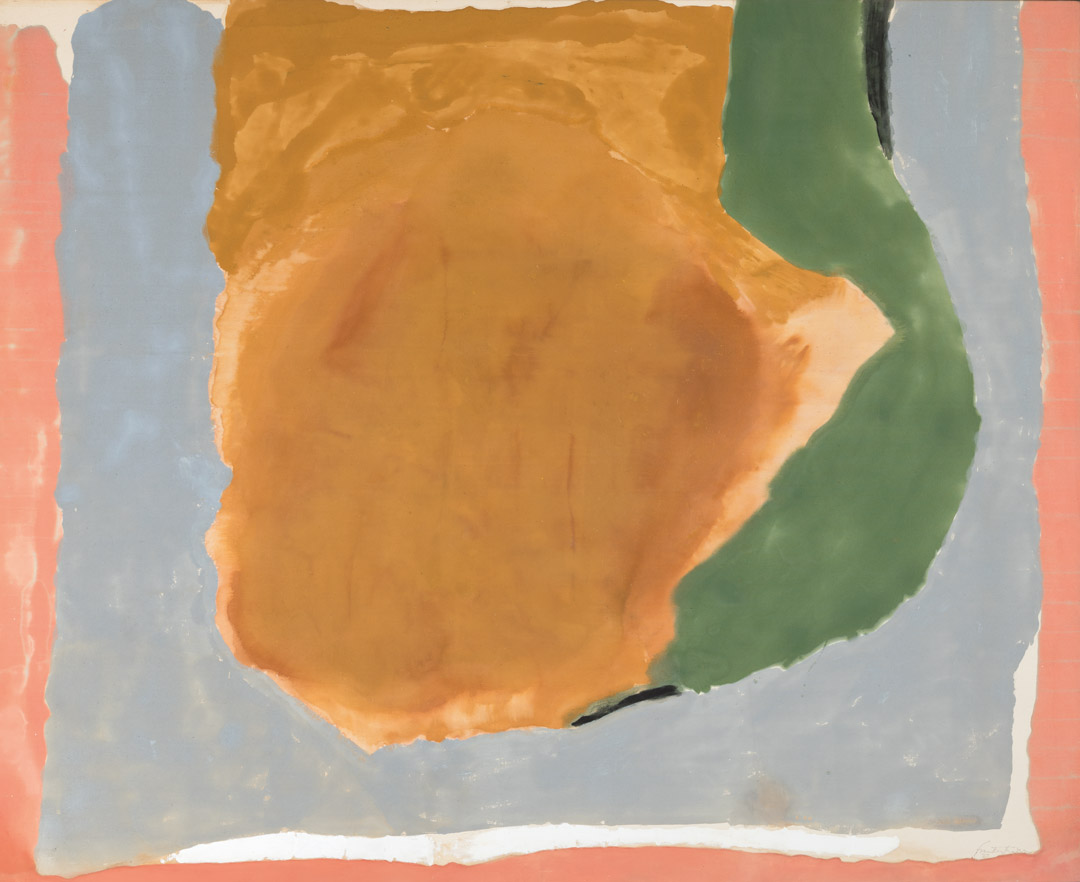
Helen Frankenthaler, Dawn Shapes, 1967
Acquired April 26, 1973

Clyfford Still, PH-338, 1949
Acquired November 10, 1973
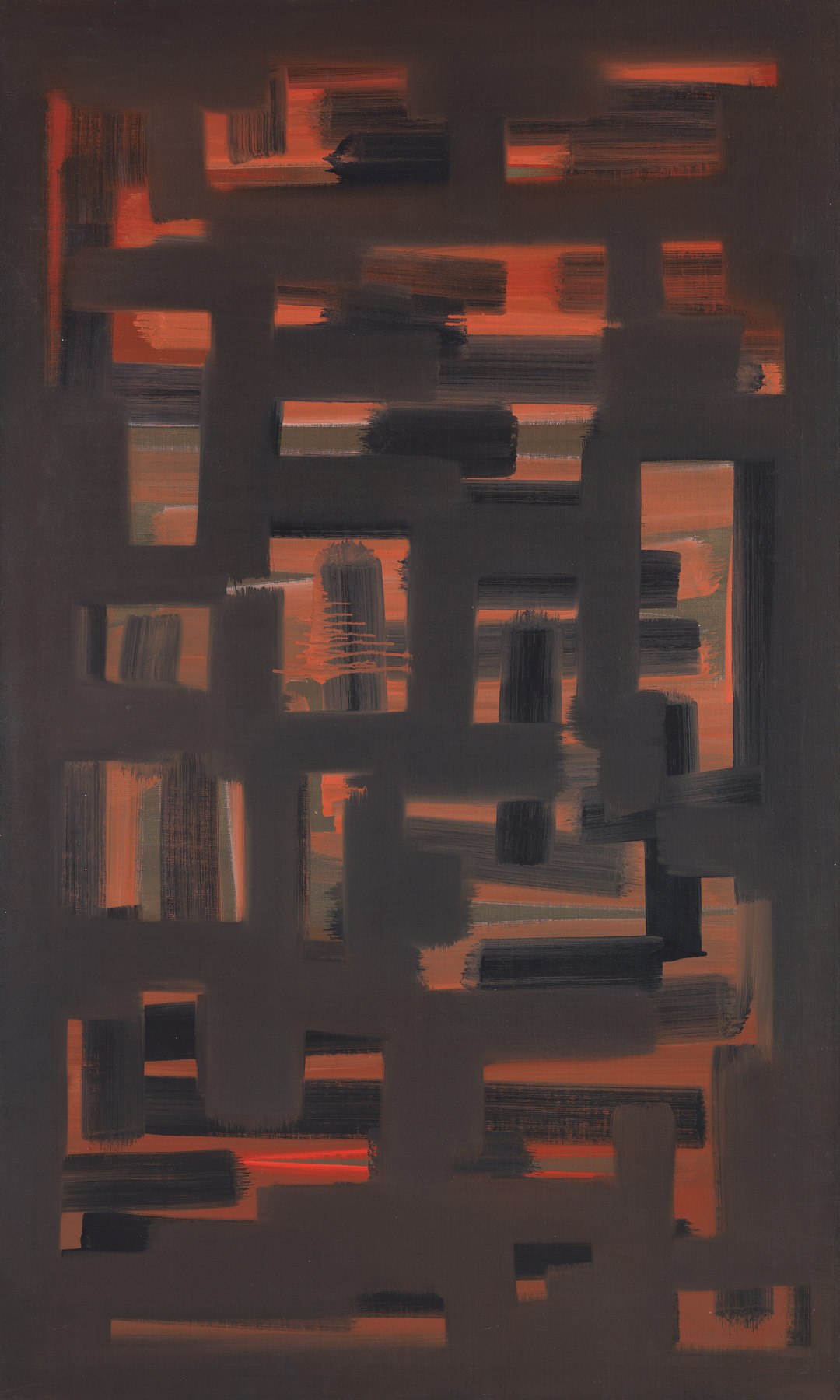
Ad Reinhardt, Painting, 1950, 1950
Acquired January 8, 1974
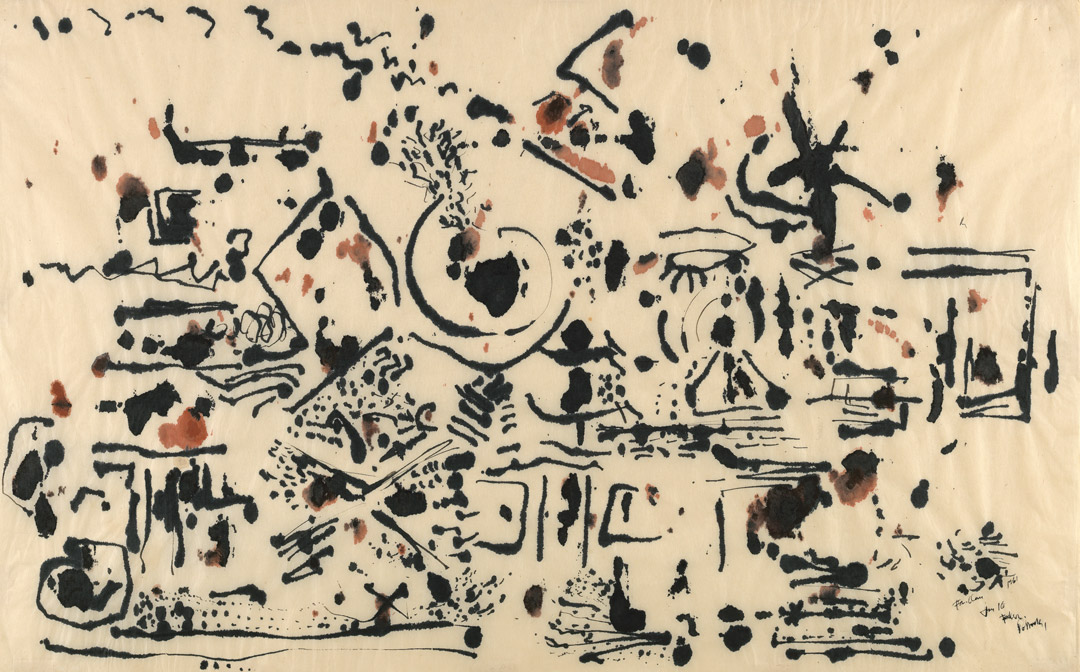
Jackson Pollock, Untitled, 1951
Acquired March 29, 1974

Francis Bacon, Portrait of Man with Glasses I, 1963
Acquired October 24, 1974
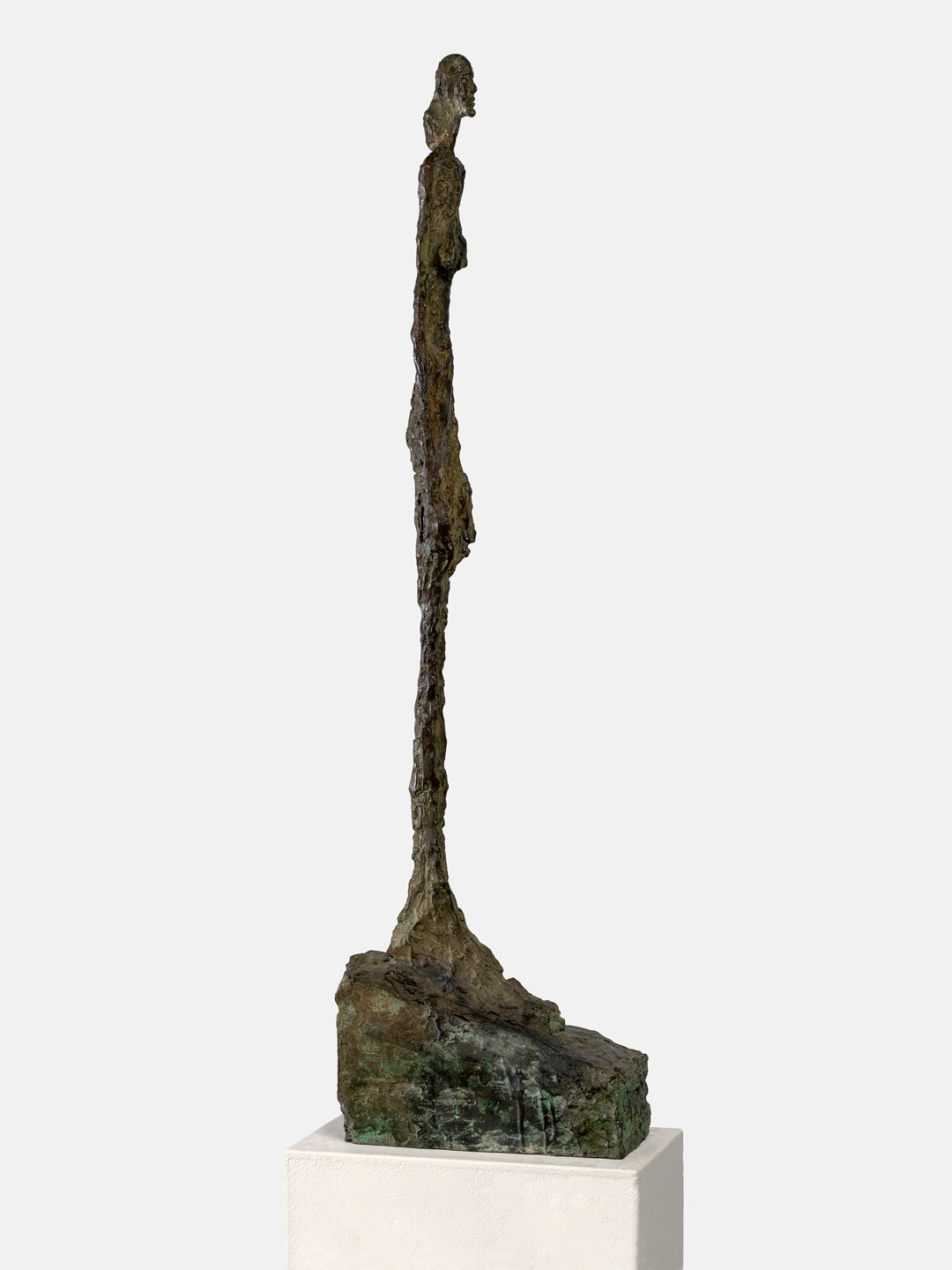
Alberto Giacometti, Femme de Venise II, 1956
Acquired January 2, 1975
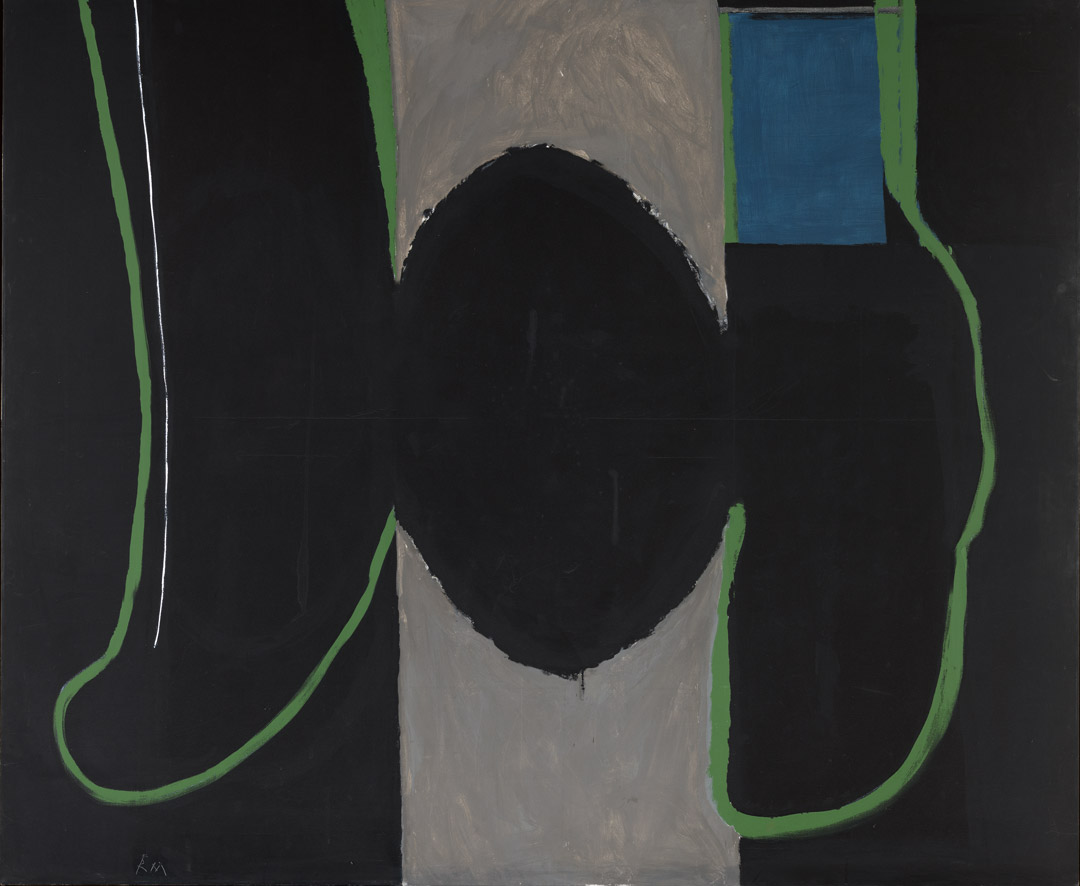
Robert Motherwell, Irish Elegy, 1965
Acquired November 7, 1975
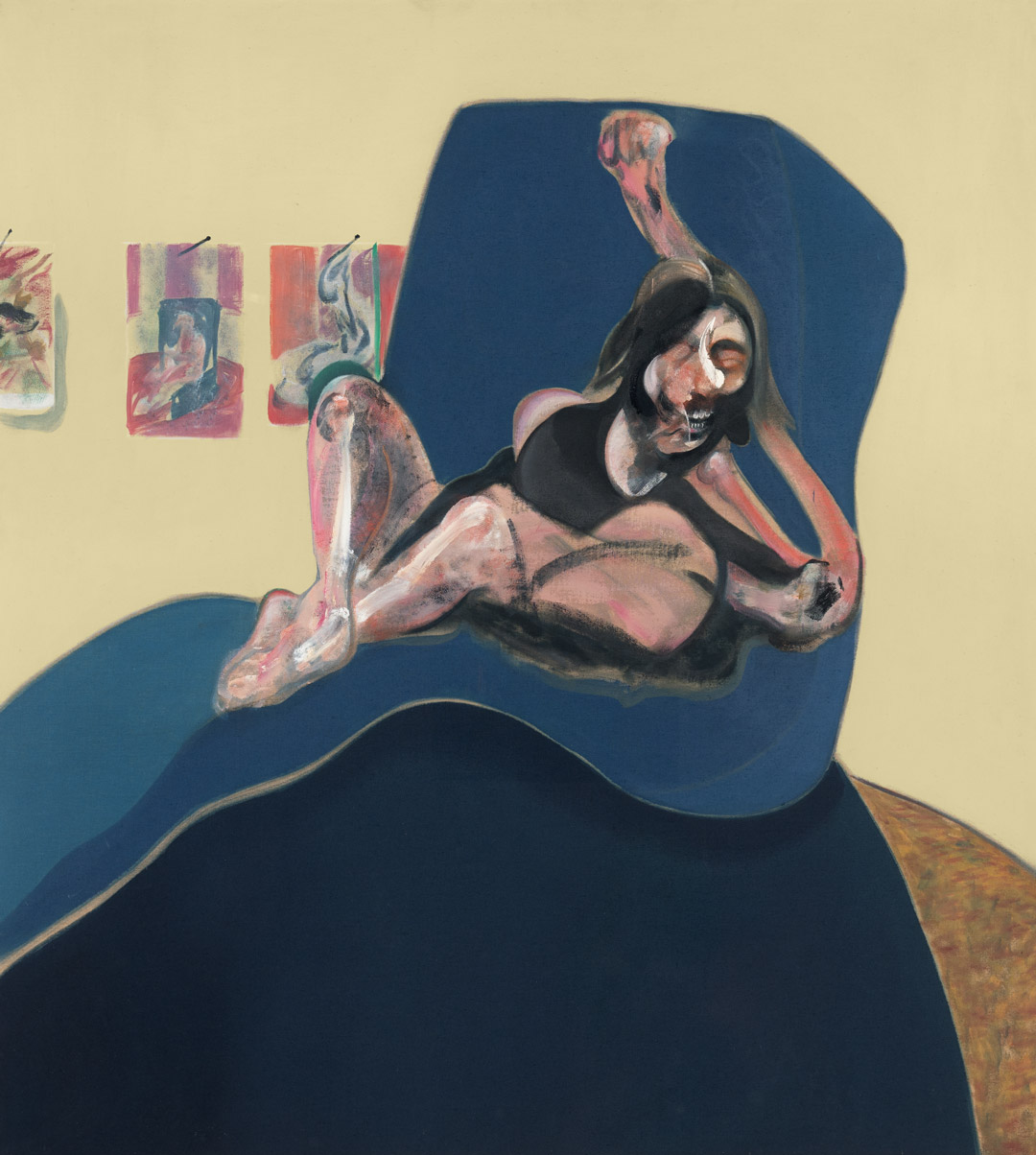
Francis Bacon, Study for a Portrait, 1967
Acquired November 20, 1976
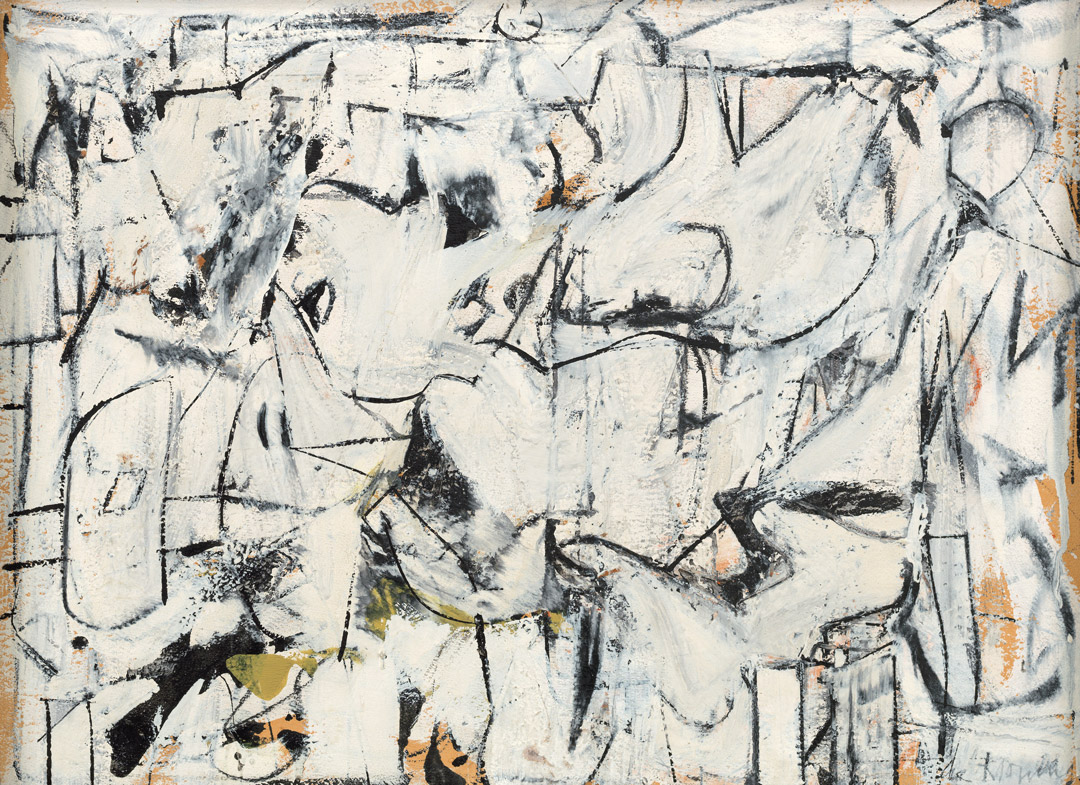
Willem de Kooning, Town Square, 1948
Acquired December 6, 1976
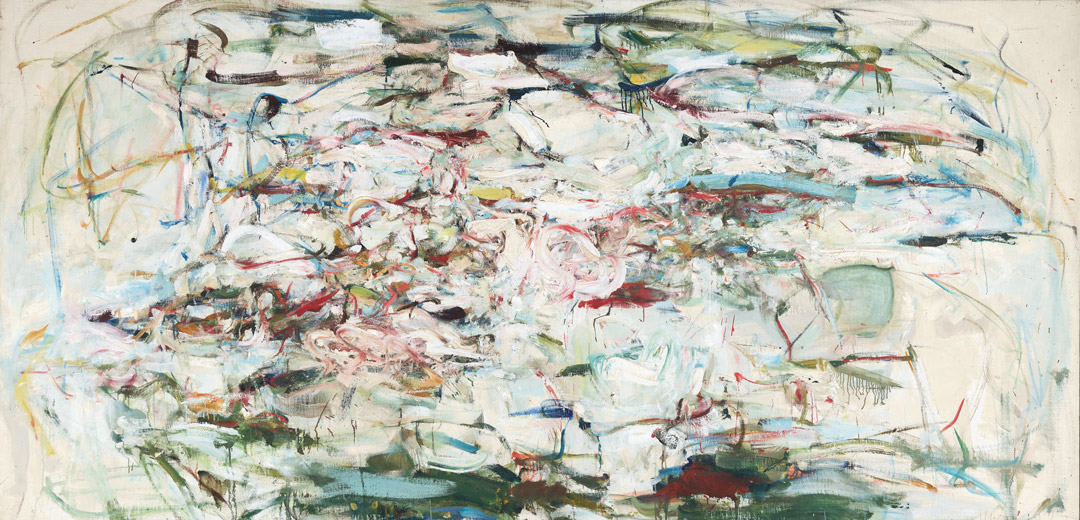
Joan Mitchell, The Sink, 1956
Acquired September 12, 1977

David Smith, Cubi XXV, 1965
Acquired February 22, 1978
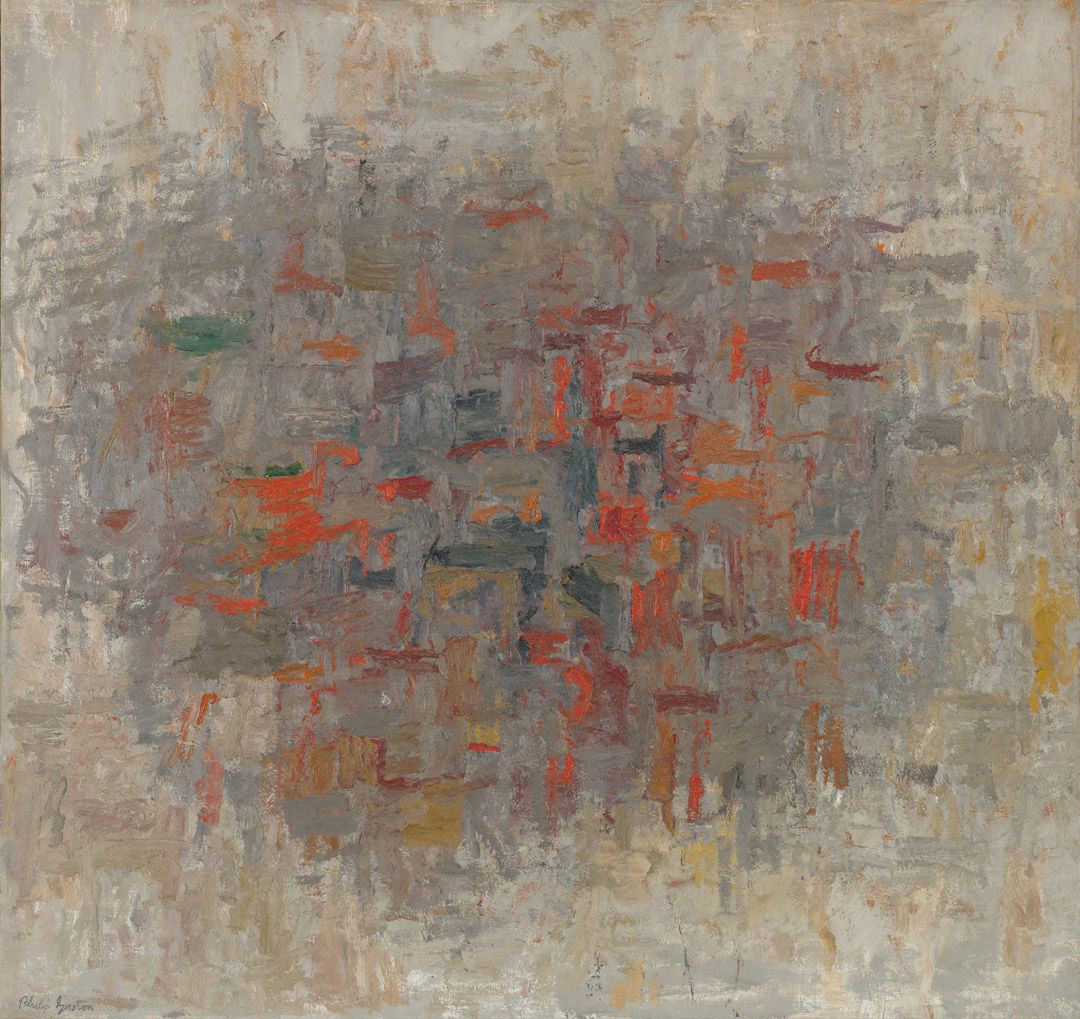
Philip Guston, To B.W.T., 1952
Acquired February 14, 1979
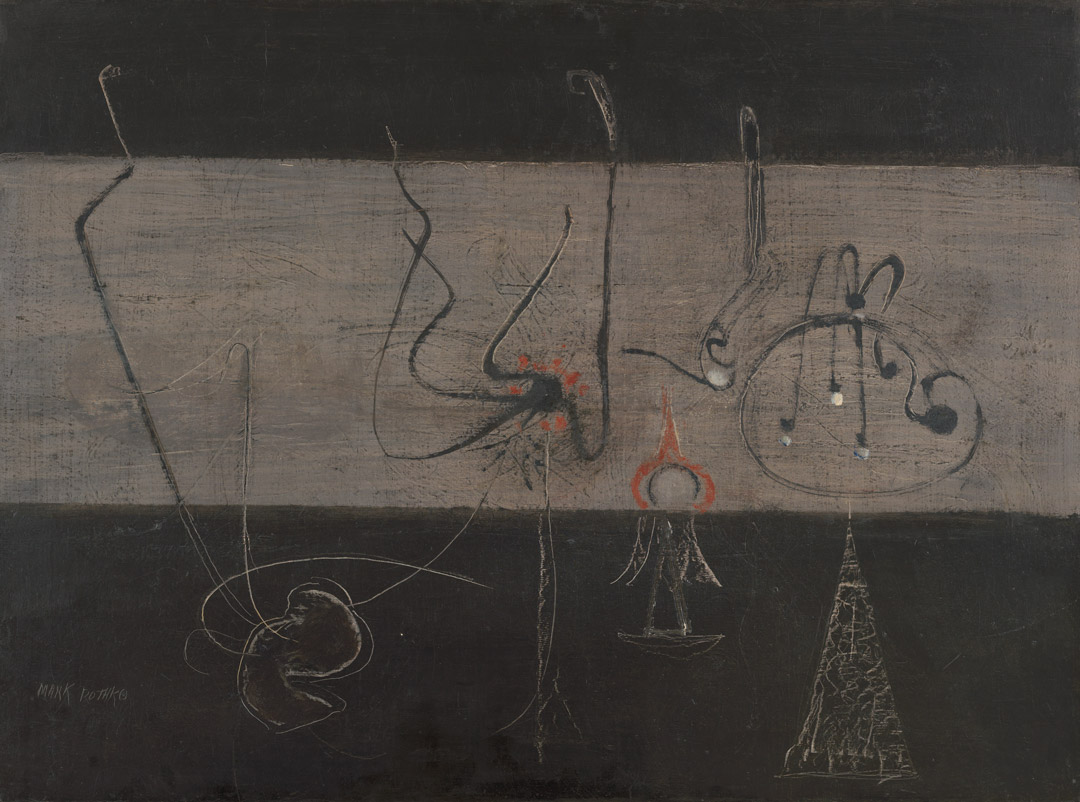
Mark Rothko, Untitled, ca.1945
Acquired November 12, 1980
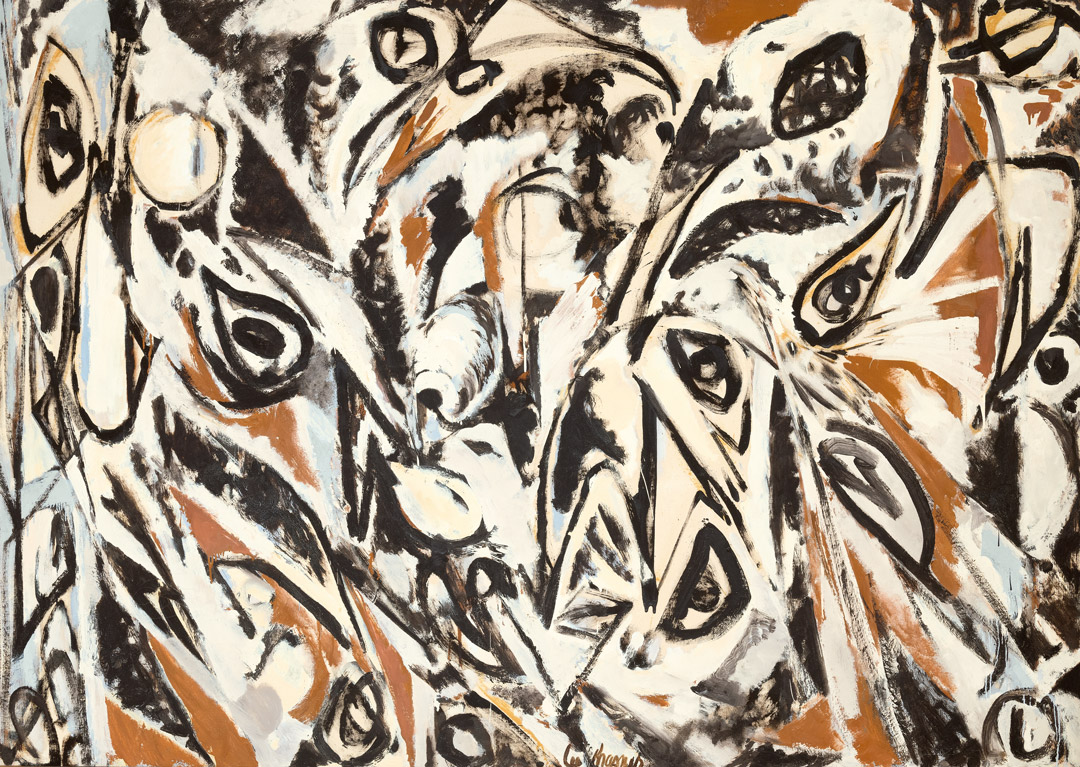
Lee Krasner, Night Watch, 1960
Acquired November 19, 1981
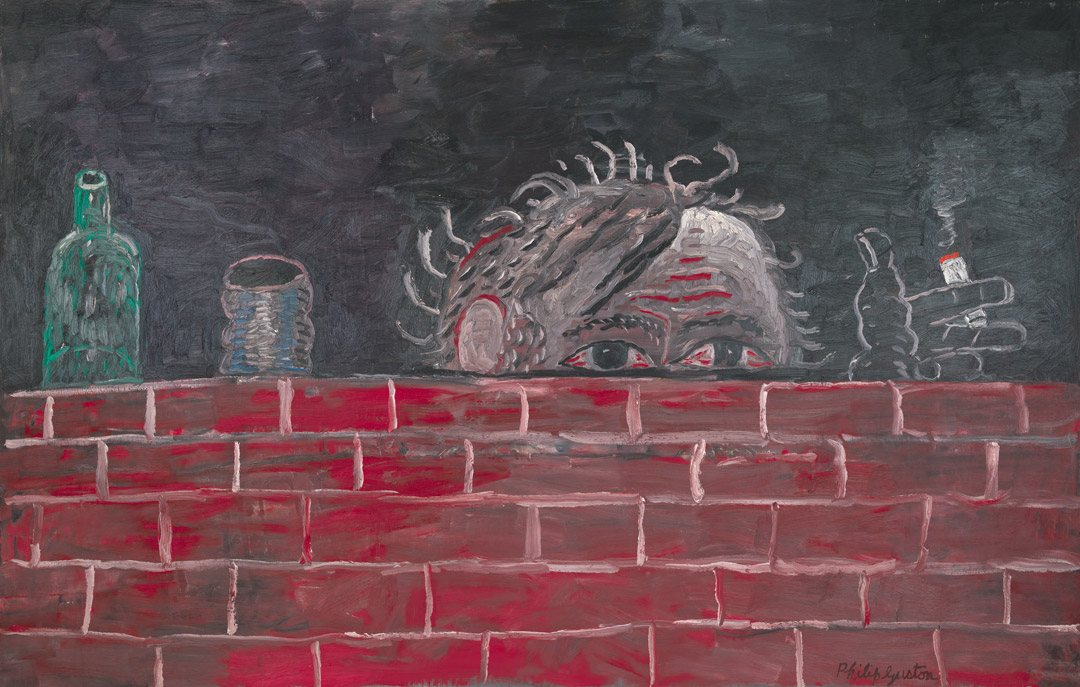
Philip Guston, The Painter, 1976
Acquired February 1, 1982

